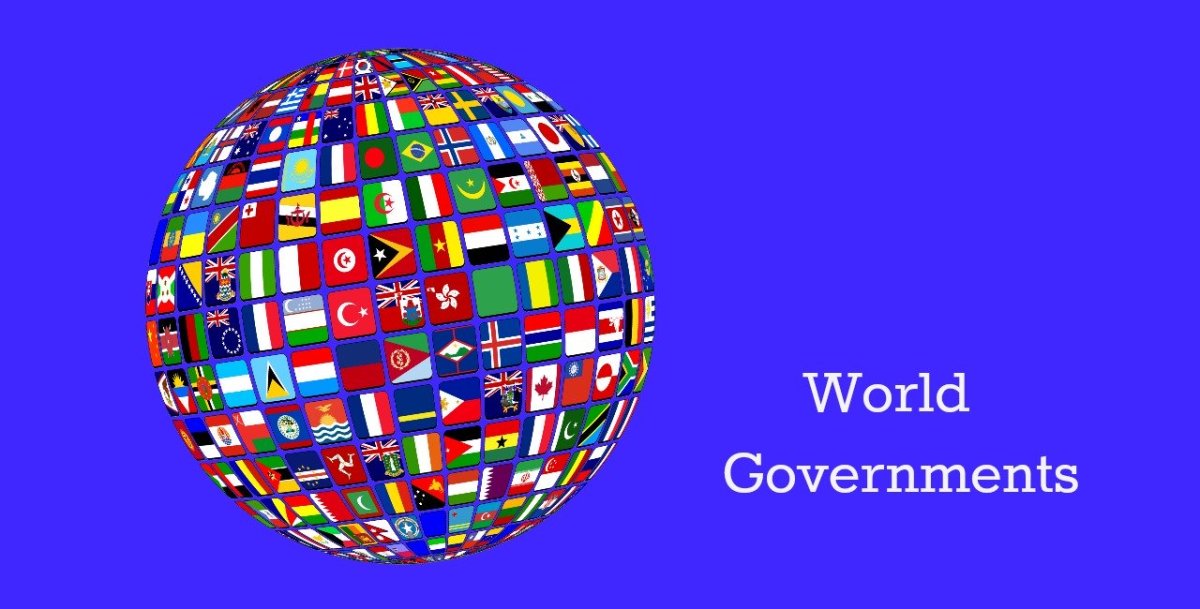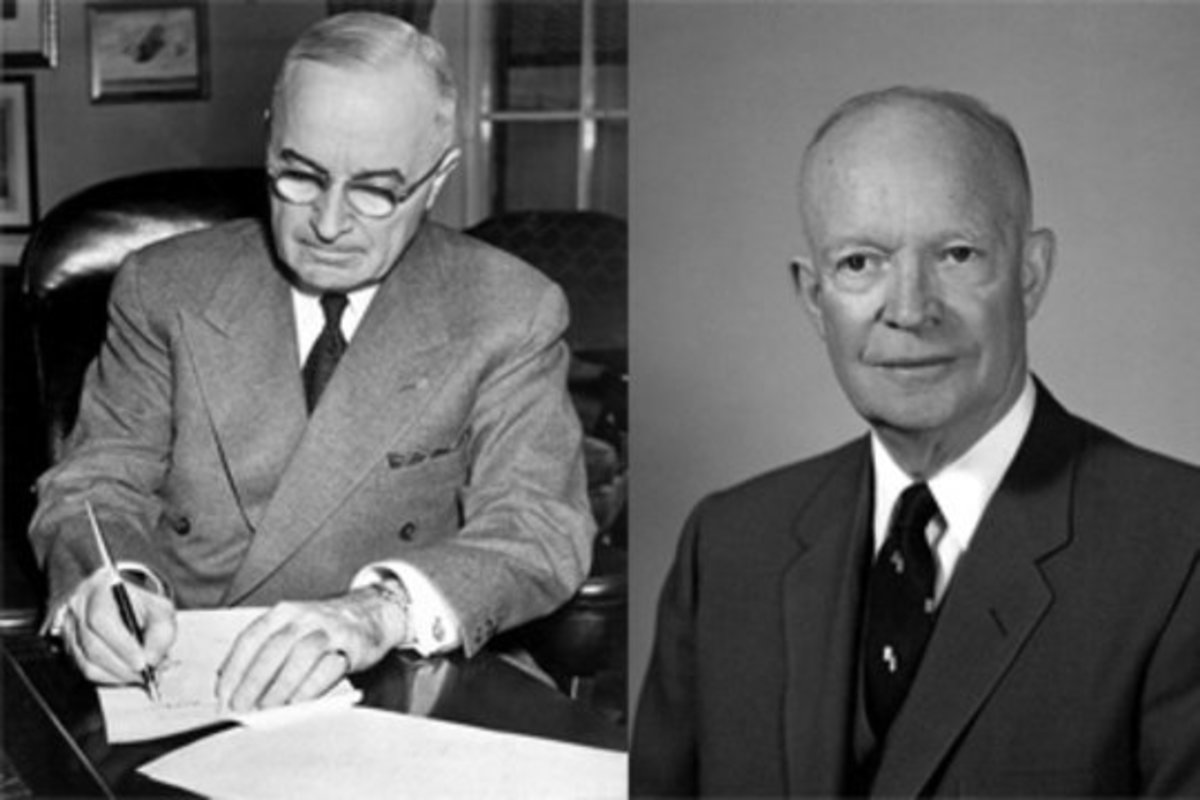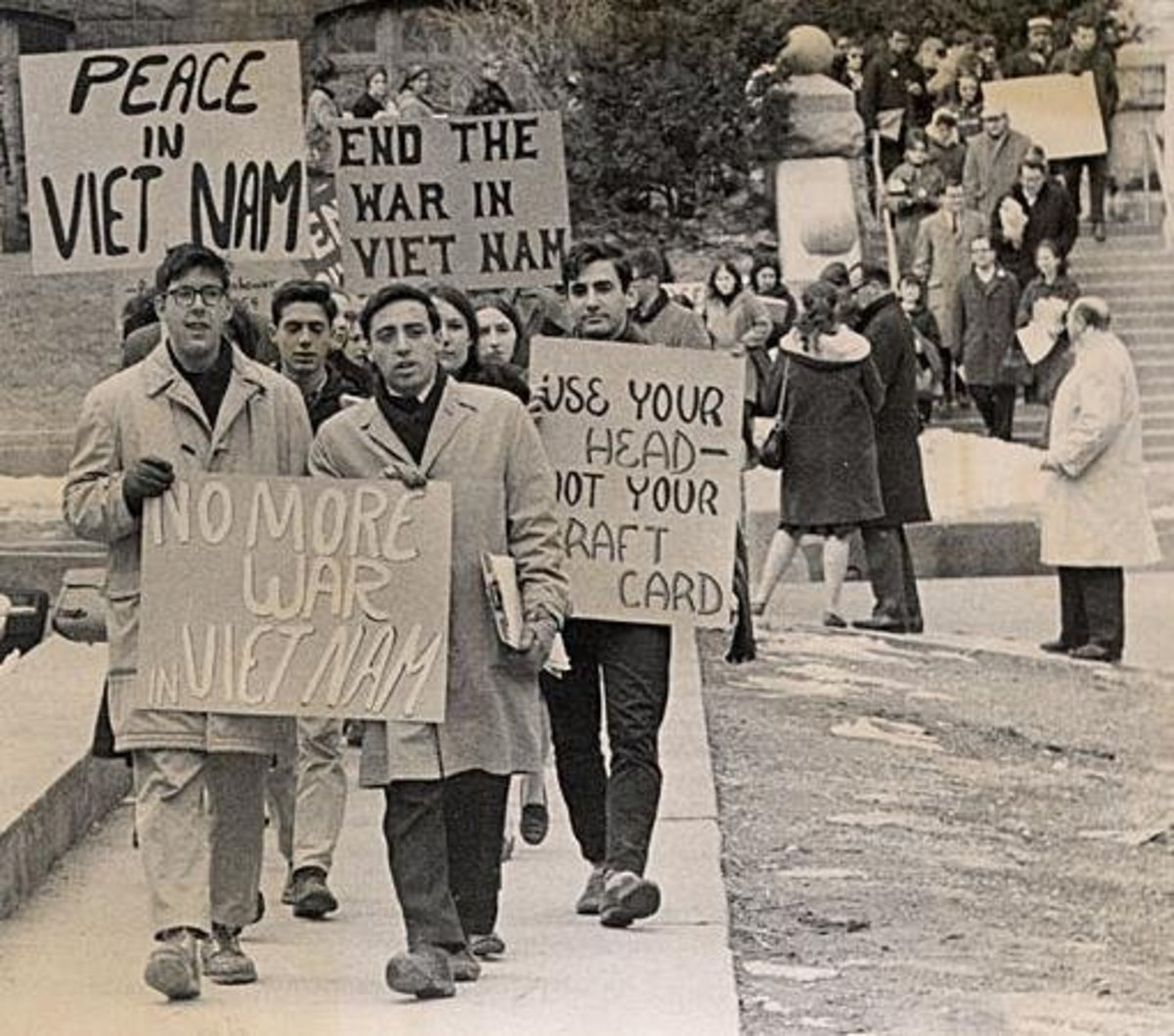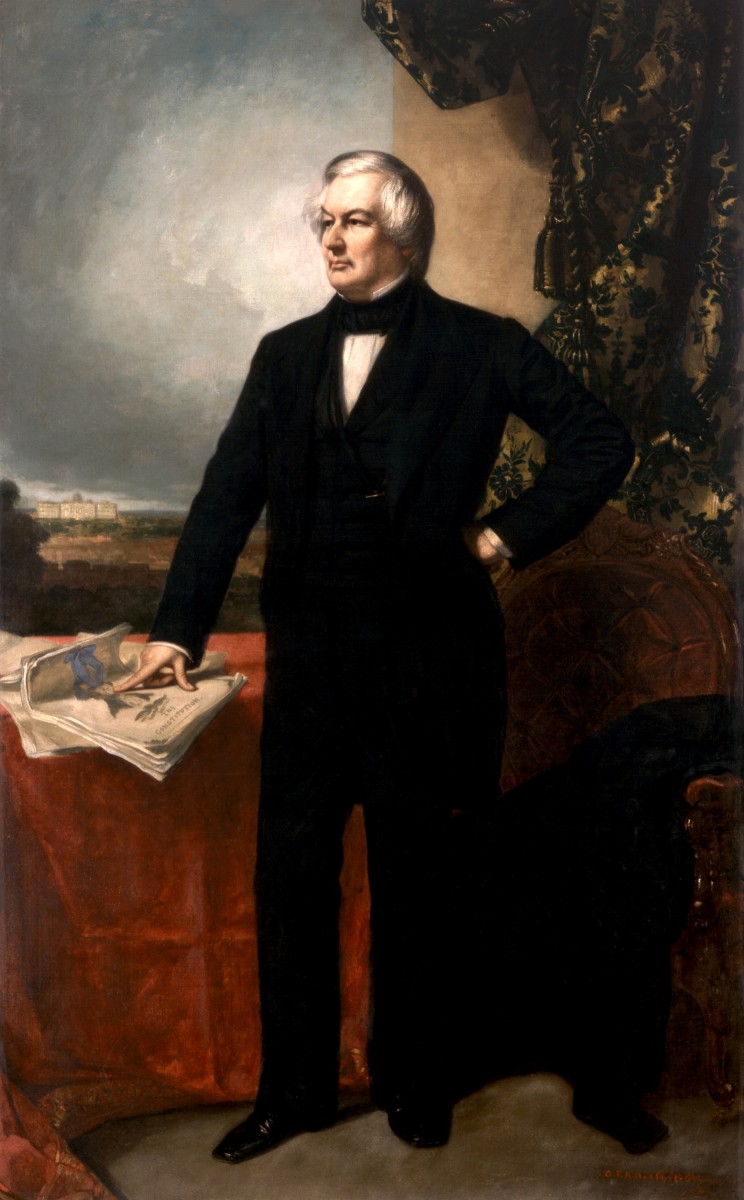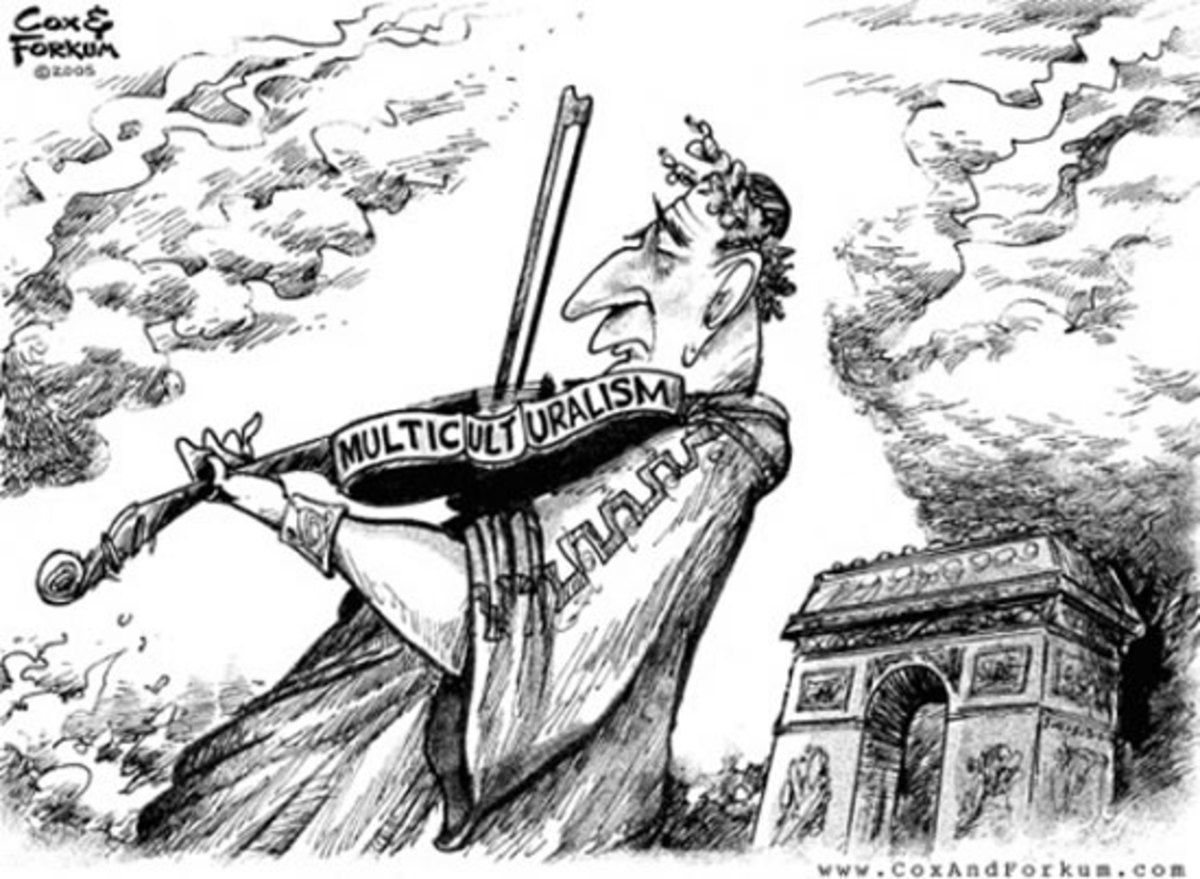America's War On Communism in the Fifties

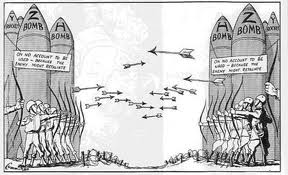
After America helped to end the tyranny of the Germans and Japanese in World War 2, America then started a new war. The new war was the containment of communism and the ideology behind it. This became an obsession for decades that followed and if something was not liked, well it could be communism. American felt that to keep their power over the world, they must make all nations a democracy. Not only should every country be a democracy, but a democracy that they approved of. A government that would help support the American way of life and who would do business with them.
Communism was a term coined by the French in mid-1800’s, however the meaning behind it was not brought to light until 1918 when Lenin took over what was once Russia and named his party communist. Communism was a form of socialism, yet instead of democracy, the government took on a more totalitarian regime. Lenin proposed that government was only limited to the ability of coercion. Communism is put into place to dissolve the present way of governing and is only changed when the leader no longer desires to keep it running (Pipes, 2009).
Communism was viewed as a threat to the American way of life and after World War 2, it spread quickly through Europe and Asia. America wanted to stop Communism, not only to save their place on top of the global marketplace, but to assure that it did not spread like a disease to their country. America was founded on a democracy and they believed that all countries should be one as well. Democracy helped to ensure all other countries would buy from America, once again, helping to maintain the countries world leadership.
The war on communism started quite quickly after the second World War with Russia, or what is now Russia. America kept the country from getting equal spoils of the war that had decimated their countrymen, as well as assuring they did not receive needed loans to expand.
Communism was an ideology that did not stop there, it was a way of life that was sweeping many countries on the other side of the world, however America felt it was their duty to stop it, or contain it.
Vietnam was one of those countries. After World War 2 France failed to keep their colonial rule over the small country from communist ideology of the rebels. The rebel leader Ho Chi Minh, desired a free country for Vietnam and even though America usually pushed for independent nations, they feared the basis of communism. Seeing Vietnam as another version of the Cold War, the United States footed most of the bill to fight the rebels, however in 1954 the French were overran by rebels (Goldfield & others, 2011).
Unwilling to go into another Asian war, America pushed for peace, which broke Vietnam into two different nations, the North and the South. The North held the communist ideology, whereas the North wished for democracy. This split was only to be temporary, and elections were scheduled to bring the country back together as one (Goldfield & others, 2011).
America backed a Catholic Elite who held the same ideals against communism, Ngo Dinh Diem. Troops were sent to aid Diem in winning the hearts and minds of all of Vietnam, however these efforts were futile. By 1963, Diem’s government was failing miserably and was unable to shake the country derived insurgents known as the Viet Cong. Seeing their defeat, the American president arranged for the murder of Diem and his brother. American then set up a government comprised of military leaders, that was also very ineffective (Goldfield & others, 2011).
America viewed a loss in Vietnam as a loss against the fight of Communism and was viewed by the Domino Theory as the beginning of the end. They felt that if they let Vietnam become a Communist country, other countries would follow and the fight for containment would be over. Most Americans agreed that the war in Vietnam was a necessary evil, yet protests began in American when the draft multiplied by ten around 1965 (UK History, 2007).
The Vietnam was sold to the public as a war that would be easily won against a third world country such as Vietnam. However as American soldiers were sent home in body bags and stories of the crude treatment by American soldiers was sent home, many believed that the war in Vietnam was futile. While over half of the country believed in the need for containment of the Communist theory, many others believed that Americans actions against the North they were supposed to help, was not justifiable. Like the World Wars before, the Vietnam was one that lasted for decades. The Americans lost millions of dollars and thousands of lives and in the end, they were forced to pull out in defeat. Communism was not defeated, it was not contained. To this day, there are countries in the world, that use this type of totalitarian government such as North Korea and is still viewed as an enemy of democracy and our country.
REFERENCES
Goldfield, D., Abbott, C., Anderson, V., Argersinger, P., Argersinger, J., Barney, W., & Weir, R. (2011).
The American Journey (6th ed.). Upper Saddle River, New Jersey: Pearson.
Pipes, R. (2009).
What is Communism? | Global Museum on Communism. Retrieved from http://www.globalmuseumoncommunism.org/what_is_communism
UK History (2007).
Protests against the Vietnam War. Retrieved from http://www.historylearningsite.co.uk/protests_vietnam_war.htm


